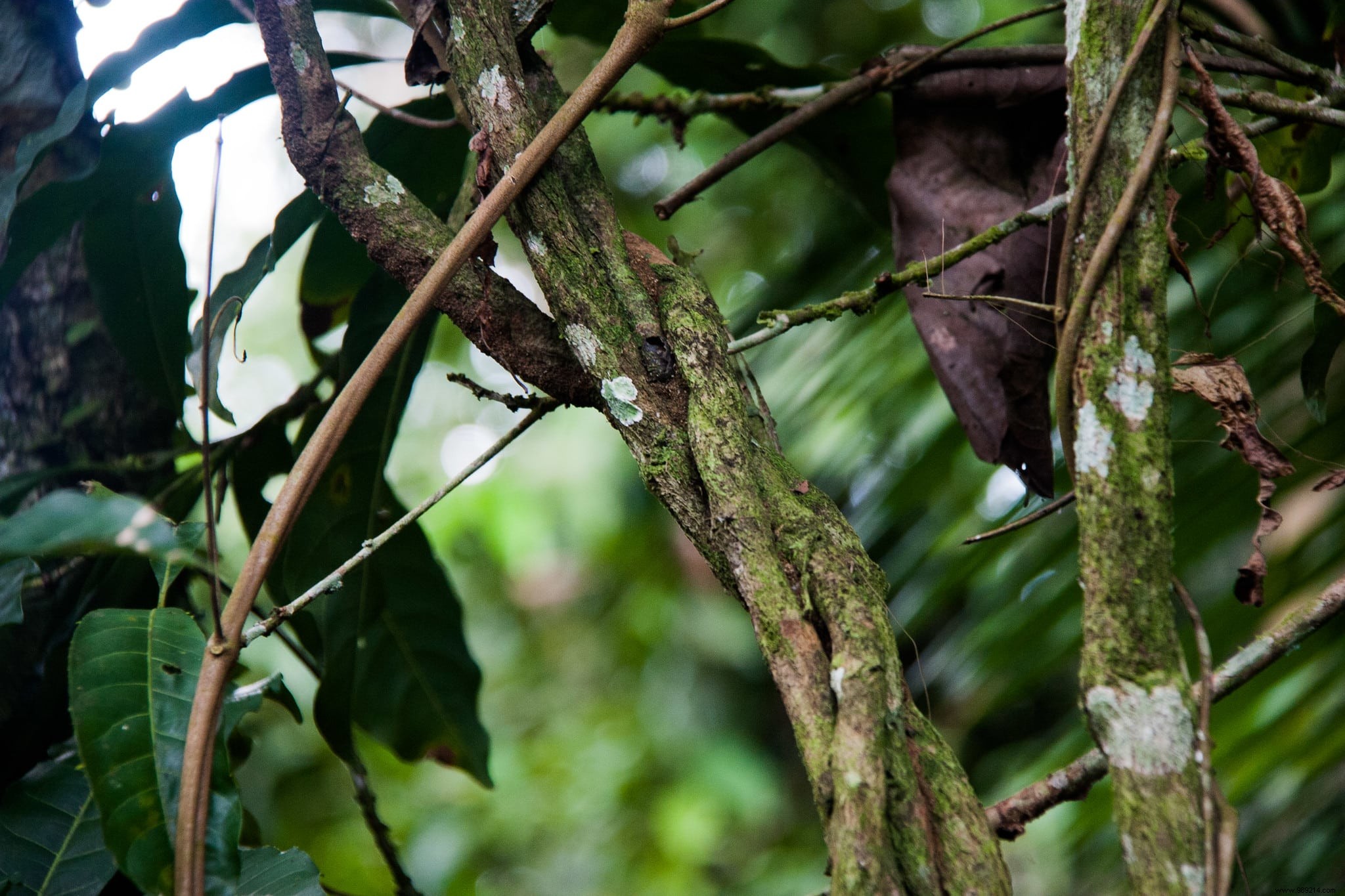It is arguably the most powerful hallucinogen on the planet. Indigenous communities in the Amazon have been using ayahuasca for centuries to treat all kinds of physical and psychological ailments, but what exactly is it? And what are the effects of this beverage on the human body?
Ayahuasca is a psychedelic beverage used in shamanic healing rituals and initiation rites by many indigenous peoples in the Amazon. It is made by boiling the leaves of a plant called chacruna (Psychotria viridis ) with the ayahuasca vine (Banisteriospsis caapi ).
The first contains a psychedelic compound called dimethyltryptamine. The latter is also found in most of the plants we eat. However, it is quickly destroyed by the digestive system thanks to an enzyme called monoamine oxidase. This is why it does not have time to reach the brain. This is where B. caapi comes into play. This vine indeed contains compounds allowing to inhibit the effects of this enzyme .
Ayahuasca ingestion is often accompanied by episodes of nausea and vomiting . These effects are considered to be part of the experience, with local beliefs associating the purge mechanism to a purification of negative energies.
The psychedelic effects then kick in after about 20 minutes. Two types of effects can then be distinguished. On the one hand, there are the central psychotropic effects . These involve the appearance of phosphenes (disturbance of the visual field), changes in perception, amplification of the senses or even hallucinations. There are also so-called "peripheral" effects , among which we find in particular an acceleration of the heart rate and the respiratory rate, an increase in blood pressure or even a dilation of the pupils.
Jordi Riba is a researcher who has been studying the effects of ayahuasca on the human brain for several years as part of the Beckley/Sant Pau research program. According to his work, it seems that within 24 hours of an ayahuasca session, areas of the brain associated with creating and maintaining a sense of self become more connected with other areas responsible for processing emotions and autobiographical memories.
In the longer term, researchers also found that regular ayahuasca users experienced thinning of the posterior cingulate cortex (CCP). It is a key node in the default mode network (functional brain activity in different regions at rest, when a person is introspective or not interacting with the world).
According to the authors, regular use of psychedelic drugs could potentially lead to structural changes in brain areas supporting attentional processes, self-referential thinking and internal mentation. These changes could underlie personality changes.

The researcher points out that the brew could also have therapeutic value. Some people facing painful personal problems would indeed have succeeded in overcoming these obstacles by having a much clearer vision of their situation. "We've even seen people succeed in overcoming a heavy addiction to cocaine and opiates after a series of ayahuasca sessions" , adds the specialist.
Finally, taking ayahuasca also seems to have produced an antidepressant effect active for several weeks in people who were not responding to any other treatment for their depression.
Overall, Riba states that the three main potential areas of application for ayahuasca are the treatment of addiction, depression and psychological trauma. . However, further work will be required to truly unlock the secrets of this ancient hallucinogen.
The active ingredients of B. caapi and P. viridis are eliminated from the body after a few hours. Thus, toxicity and overdose are very unlikely provided the brew is properly prepared.
Some people, however, may feel anxious due to the intense and unusual nature of the experience. This is most often the case with "Western backpackers" who are not used to these effects and often take ayahuasca in an unfamiliar setting. The members of the Amazonian indigenous communities are prepared from birth to face the visions encountered.